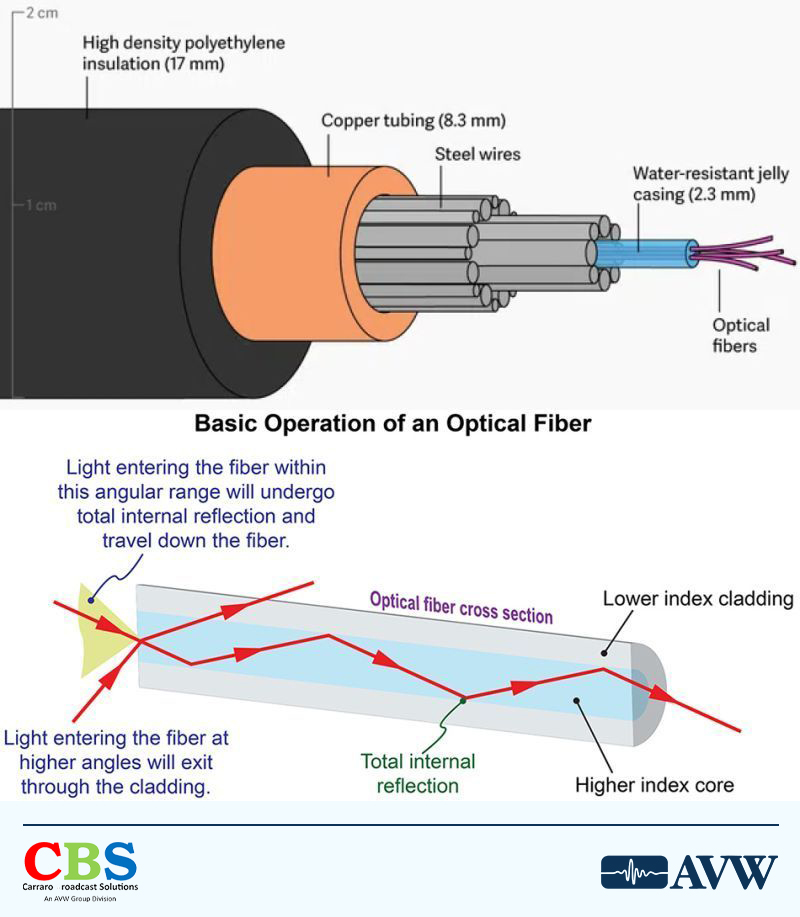Understanding Fiber Optic Cables: The Backbone of Modern Connectivity
Posted on 03 January 2025
Fiber optic cables, often referred to as the “highways of data,” have revolutionized the way information is transmitted. These cables, crafted from ultra-thin strands of glass or transparent dielectric fibers, use light to carry vast amounts of data over incredible distances with remarkable speed and precision. Their innovation has become a cornerstone of modern technologies, enabling high-speed broadband internet, high-definition television, and more.

How Fiber Optic Cables Work
The magic of fiber optics lies in Total Internal Reflection, a phenomenon that allows light signals to travel through the cable without interruption, even around bends. This enables the efficient and simultaneous transmission of large volumes of data across multiple channels, free from electromagnetic interference.
The Anatomy of a Fiber Optic Cable
Each fiber optic cable is meticulously designed with key components to ensure performance and durability:
Glass Core: The central component where light signals are transmitted.
Glass Cladding: Surrounds the core, reflecting light back into it to maintain signal integrity.
Plastic Buffer Coating: Adds flexibility and protects the glass from physical damage.
Outer Jacket: Shields the cable from environmental factors and mechanical wear.
Modes of Data Transmission: Single-Mode vs. Multi-Mode
Fiber optic cables can transmit data in two primary modes, each suited to different needs:
Single-Mode Fiber:
Features a single glass strand with a small core (8.3 to 10 microns).
Designed for long-distance transmission with minimal signal loss.
Offers higher transmission rates and distances, making it ideal for applications requiring precision and extended reach.
Generally more expensive due to its advanced design.
Multi-Mode Fiber:
Contains multiple glass fibers with larger cores (50 to 100 microns).
Suitable for high-speed data transfer over medium distances.
More cost-effective for short-range communication but less effective over long distances due to signal distortion caused by multiple light paths.
Fiber optic technology offers several significant benefits:
Durability and Longevity: Designed to last and experience minimal signal loss over time.
Electromagnetic Immunity: Unlike traditional cables, fiber optics are unaffected by electromagnetic interference.
Enhanced Security: Difficult to tamper with, ensuring safe and reliable data transmission.
A Brief History of Fiber Optic Innovation
From Alexander Graham Bell’s invention of the photophone in 1880 to becoming the backbone of global communication by the 1980s, fiber optics has continually evolved to meet the demands of modern connectivity. Today, it drives innovation, transforming how we connect and communicate.
The Future of Fiber Optics
Fiber optic cables are more than just a means of data transfer—they represent the foundation of a connected future. Their speed, efficiency, and reliability make them essential for enabling the digital advancements of tomorrow.
Explore the endless possibilities of fiber optics and join the movement toward a more connected world.

